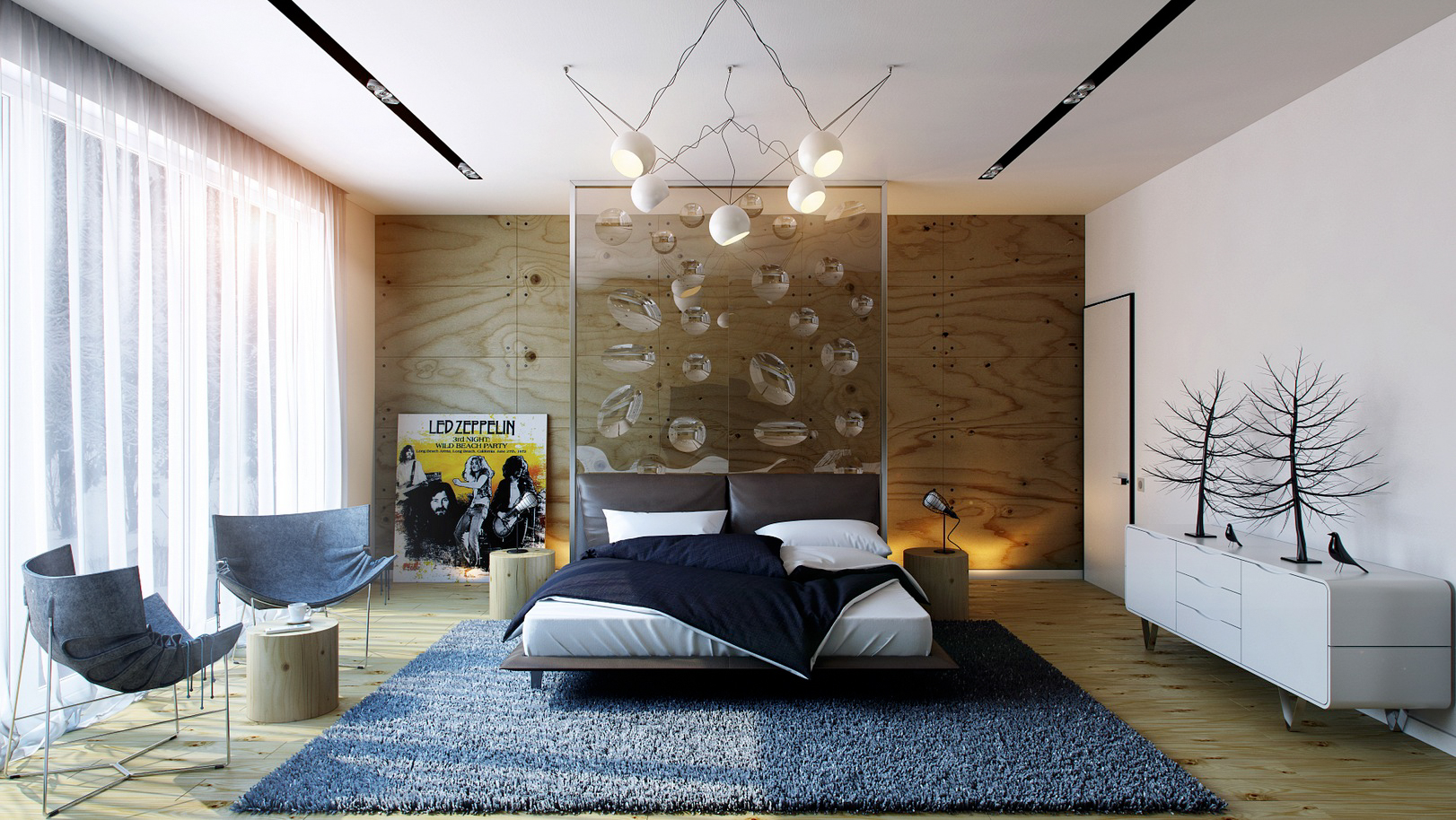The Science of Light and How it Affects Humans
Light plays a critical role in our daily lives, and not just in terms of illumination. The science of light, also known as photobiology, explores the effects of light on living organisms. For humans, exposure to natural daylight regulates our circadian rhythms, which affects our sleep-wake cycle, metabolism, and overall well-being. However, artificial light can also have a significant impact on our health. Blue light emitted from digital screens can disrupt our sleep patterns and cause eye strain. As such, it’s important to consider the type and amount of light we expose ourselves to on a daily basis.
Leveraging Lighting Design to Enhance Your Environment
Lighting design plays a crucial role in creating the right ambiance in any environment, from homes to offices to restaurants. A good lighting plan takes into consideration the available natural light, amount of artificial light needed, and the desired atmosphere. Different types of lighting, such as ambient, task, and accent lighting, can be strategically placed to highlight architectural features, create focal points, or enhance mood. In addition, technologies like smart lighting systems can be used to save energy and create customizable lighting scenes.
Ambient lighting
Ambient lighting provides overall illumination to a space, and can be achieved through natural or artificial light. Natural daylight can be maximized through the use of skylights, windows or light wells while artificial ambient lighting can be achieved through pendant lighting, chandeliers, or recessed lighting.
Task lighting
Task lighting is used to illuminate specific areas where visual tasks are performed, such as reading, cooking, or working at a desk. Table lamps, floor lamps, and under-cabinet lighting are common sources of task lighting.
Accent lighting
Accent lighting is used to highlight architectural features or objects of interest, such as artwork or sculptures. It can be achieved through the use of track lighting, wall sconces, or picture lights.
Innovative Lighting Ideas for Your Home
Lighting can transform a space and create a welcoming and functional atmosphere in any room. Here are some creative lighting ideas for your home:
LED Strip Lighting
LED strip lighting can be used in a variety of ways to create a wow factor. For example, installing under-cabinet LED strips in your kitchen can bring added brightness and style to your countertops, while a LED strip behind the headboard can create a cozy accent in the bedroom.
Pendant Lighting
Pendant lighting can be used to add a statement piece to any room. In a dining room, a cluster of pendant lights over the table can create a dramatic focal point, while a single pendant light in a bedroom can bring a touch of elegance to the space.
Digital Art Lighting
Digital art lighting can transform the look of a room by highlighting artwork on the walls. By placing a light above or below a piece of artwork, you can create a sensory experience that enhances the piece and brings depth to the overall ambiance.
Incorporating Natural Light into Your Space
In addition to artificial light, natural light can add warmth and a unique quality to any space. Here are some ways to incorporate natural light into your home:
Skylights
Skylights bring natural light into attics or rooms with high ceilings, while also adding architectural interest to the space.
Large Windows
Installing large windows can allow for maximum natural light, and can create a strong connection between the interior of your home and the outdoor environment.
Curtains and Blinds
To control the amount of natural light that enters a space, curtains and blinds can be used to filter or block light depending on the desired atmosphere.

